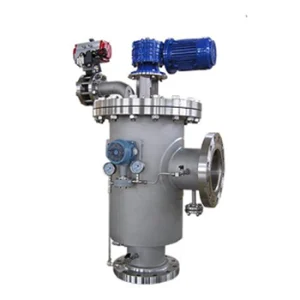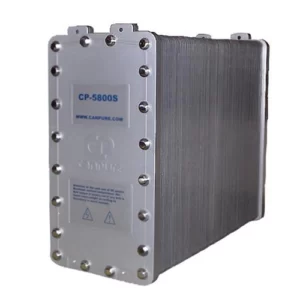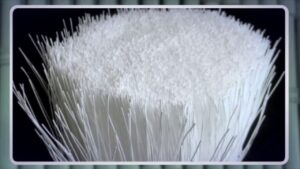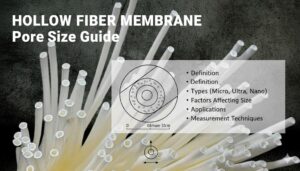Here’s the deal: We’re facing a global water crisis. By 2025, 2.3 billion people could live in water-stressed areas. But traditional water treatment? It guzzles energy, churns out chemicals, and strains ecosystems. So what separates truly sustainable systems from the rest? In this post, as a professional water treatment supplier, let me break down what makes water treatment sustainable.
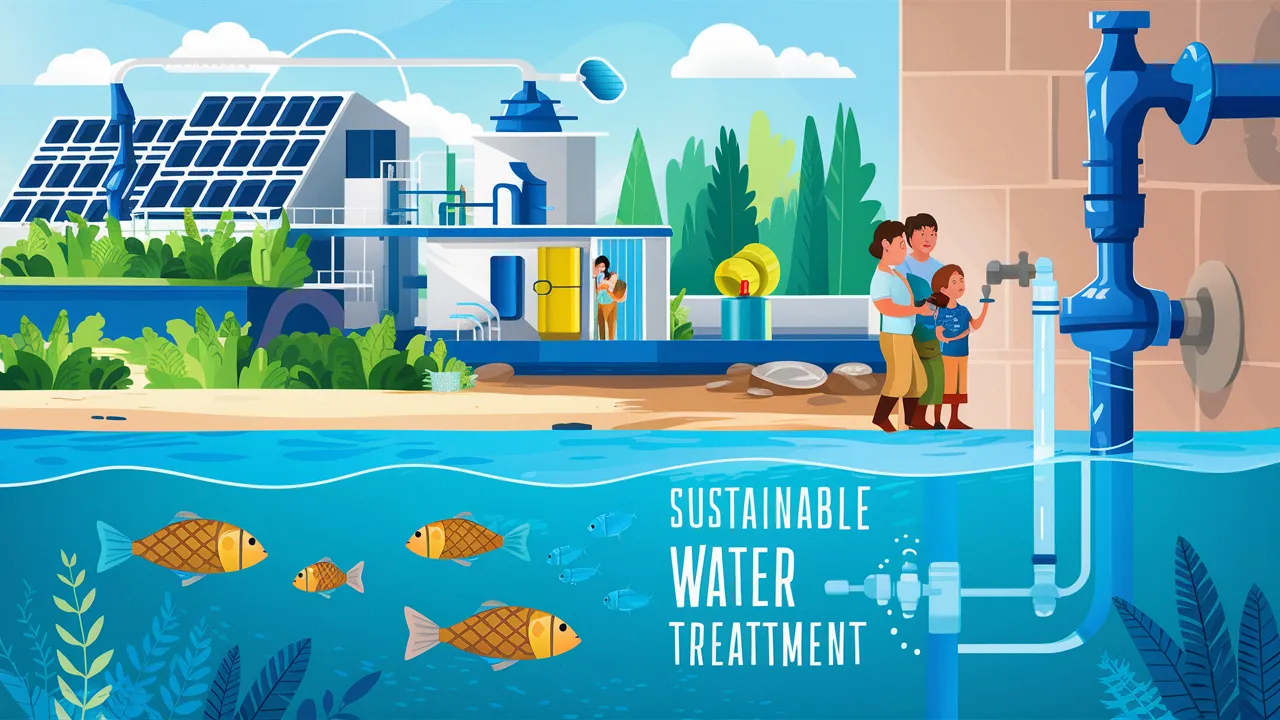
What Makes Water Treatment Sustainable?
Sustainable water treatment isn’t just about clean H₂O. It’s a trifecta:
| Pillar | Core Focus | Real-World Application |
|---|---|---|
| Environmental Integrity | Minimizing ecosystem impact | Solar-powered plants, wetland filters |
| Economic Viability | Long-term cost efficiency | Biogas revenue from sludge |
| Social Equity | Universal access & fairness | Decentralized systems for remote towns |
The bottom line? If your system misses one pillar, it’s like a stool with two legs—bound to collapse.
Strategy 1: Water Reuse & Recycling
Why pump freshwater when treated wastewater can irrigate farms, cool factories, or even recharge aquifers? In Orange County, CA, advanced purification turns wastewater into drinking-quality H₂O for 1 million people. Pro Tip: “Toilet-to-tap” sounds edgy, but multi-barrier systems make it 99.999% pathogen-free.
Strategy 2: Energy Efficiency & Renewables
Treatment plants devour 3% of global electricity. But innovators are flipping the script: – Biogas Harvesting: Copenhagen’s Marselisborg plant runs on methane from sludge—selling surplus energy to the grid. – Solar Synergy: Arizona’s Tucson Water uses floating solar panels on reservoirs, cutting grid dependence by 40%. > Fun fact: Some facilities now operate at energy neutrality. Translation: They power themselves.
Strategy 3: Resource Recovery
Wastewater isn’t waste—it’s a goldmine. Singapore’s NEWater plant extracts: – Phosphorus for fertilizer – Cellulose from toilet paper for construction – Biogas for urban heating Here’s the thing: This circular approach turns treatment costs into revenue streams.
Strategy 4: Nature-Based Solutions
Mother Nature’s been cleaning water for millennia. Mimic her with: – Constructed Wetlands: Plants and microbes filter toxins—no chemicals needed. (See: Bangladesh’s arsenic removal projects) – Biofiltration: London’s Thames Water uses moss-filled “green walls” to absorb heavy metals.
Strategy 5: Chemical Minimization
Chlorine kills pathogens but creates toxic byproducts. Sustainable swaps: – UV Disinfection: 0 chemicals, 99% efficacy against viruses. – Electrocoagulation: Uses electrical currents instead of aluminum salts—slashing sludge by 70%. Case study: Norway’s Oslo Airport cut chemical use 90% with ozone + UV hybrid systems.
Strategy 6: Smart Water Tech
AI and sensors prevent waste before it happens: – Predictive Maintenance: Detroit’s system uses IoT sensors to fix leaks before bursts, saving 100M gallons/year. – Dynamic Dosing: AI adjusts chemical use in real-time based on contamination spikes.
Challenges? Yeah, We’ve Got Those
But here’s the reality: Even slick tech faces hurdles: 1. Cost Barriers: Solar membranes cost 2x upfront—but pay back in <5 years via energy savings. 2. Public Perception: 60% initially reject recycled water (Stanford, 2025). Solution? Transparency tours + taste tests. 3. Policy Gaps: Only 12% of nations incentivize resource recovery (UN Water 2025 Report).
The Future: 3 Shifts to Watch
1. Microgrids: Treatment plants becoming renewable energy hubs. 2. Nano-Filters: Graphene membranes removing pharmaceuticals at atomic levels. 3. Climate-Proof Design: Modular systems that handle droughts and floods (e.g., Miami’s rising-sea-level-ready plants).
> Final thought: Sustainability isn’t a checkbox—it’s a mindset. Whether you’re a city planner or homeowner, ask: “Does this solution protect tomorrow’s water while fixing today’s problem?”
What makes water treatment sustainable? It’s the fusion of innovation, equity, and respect for nature’s limits. And frankly? We’ve got no time to waste.



